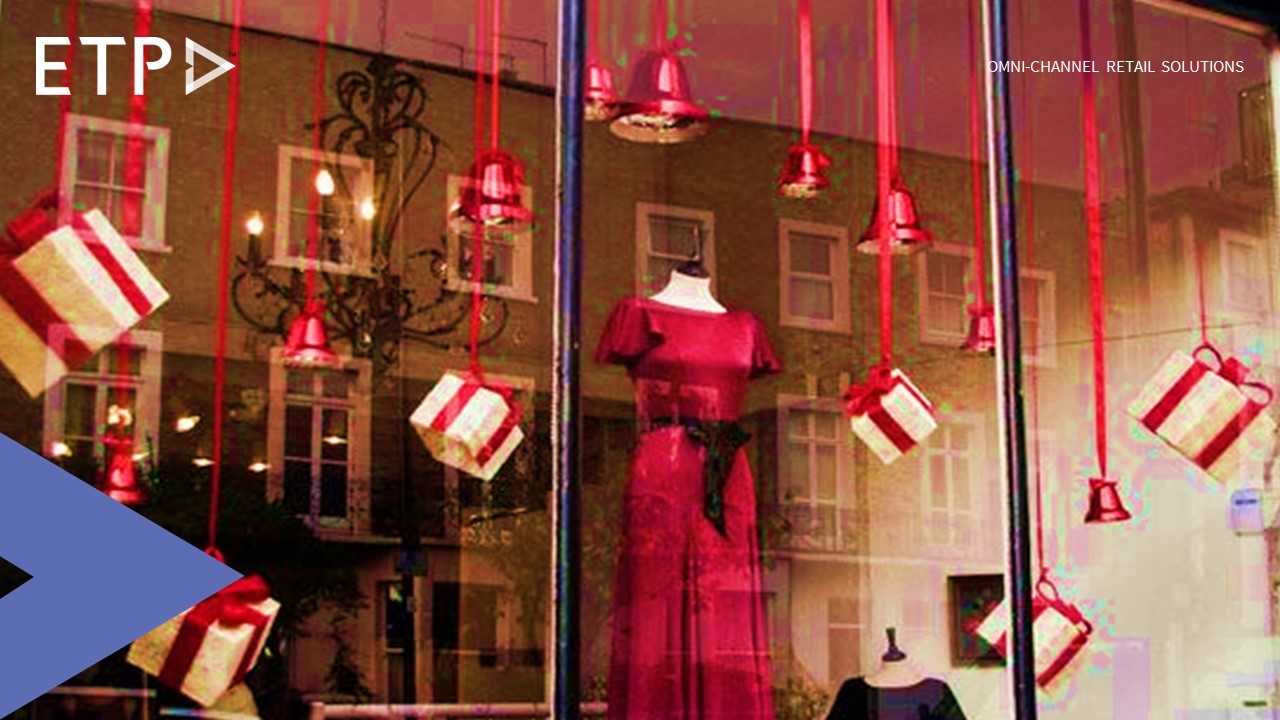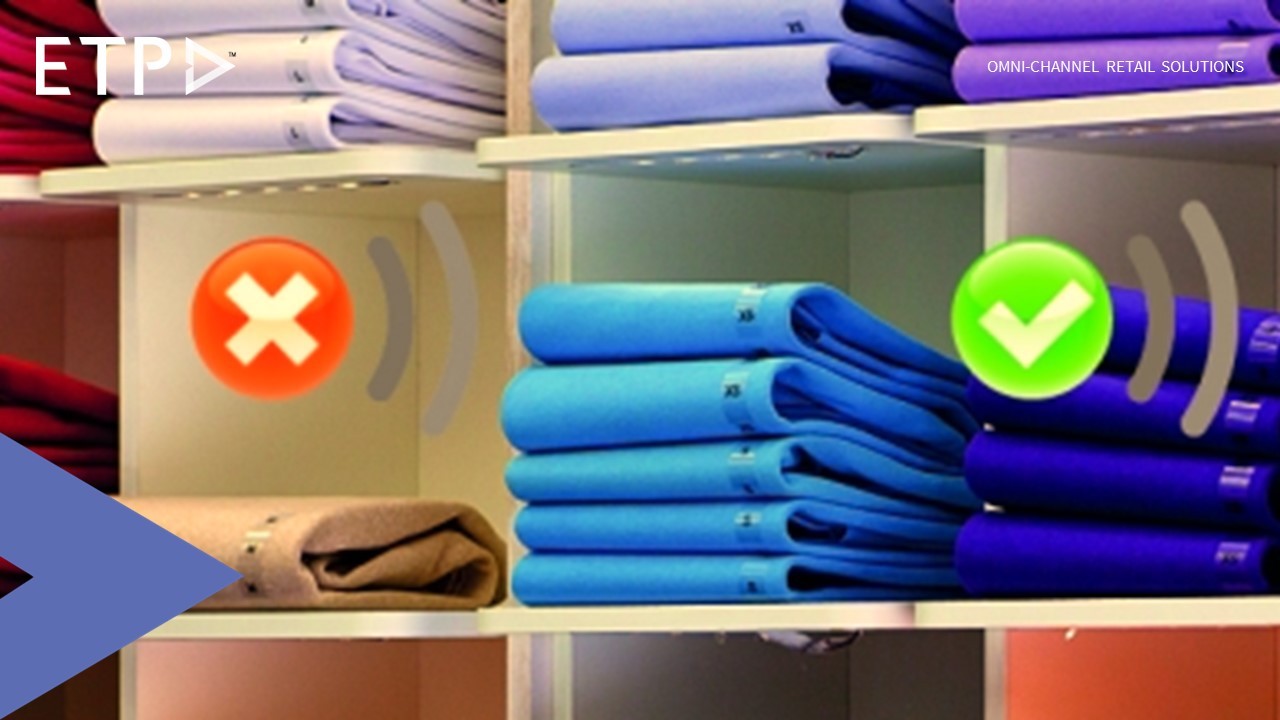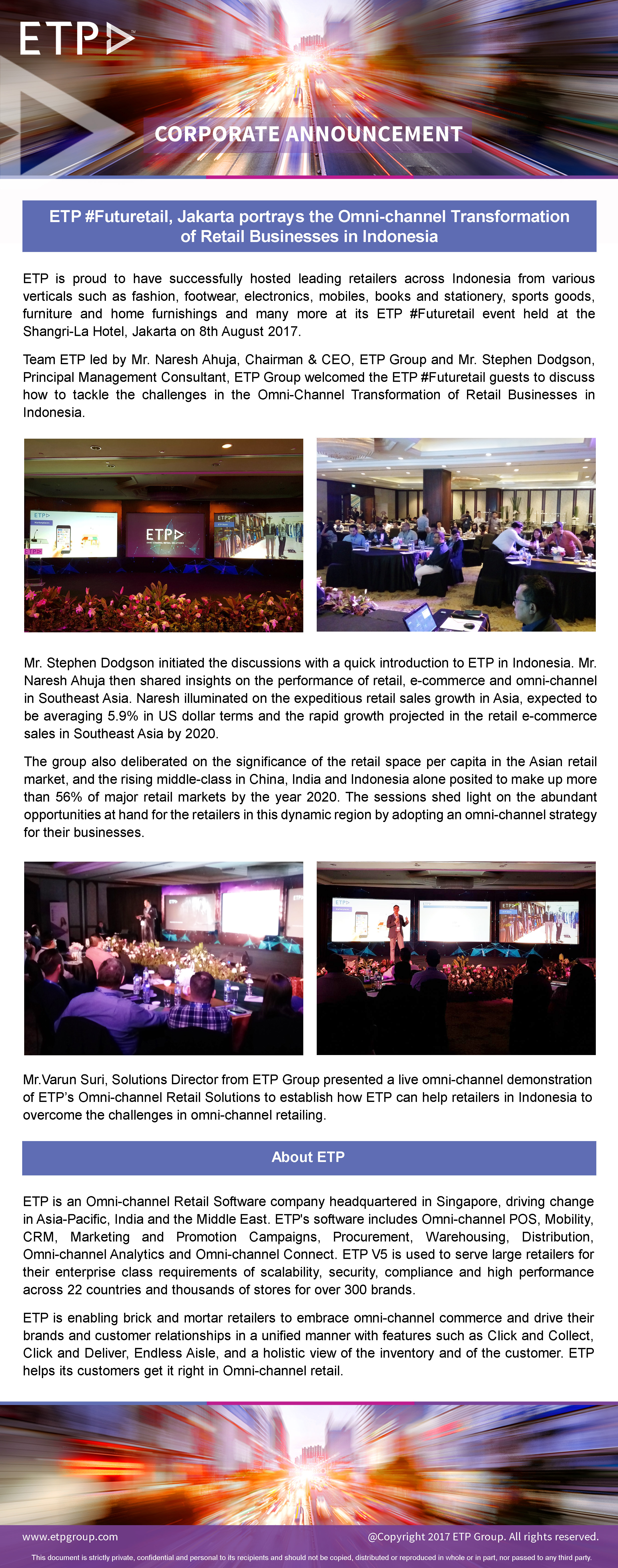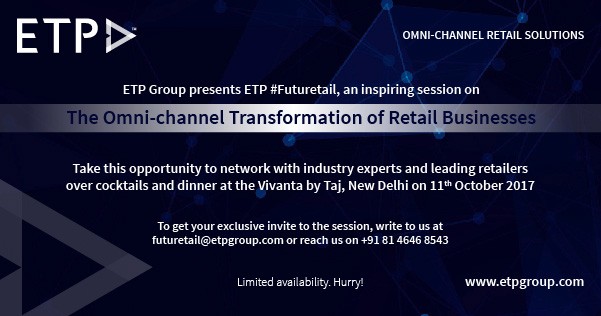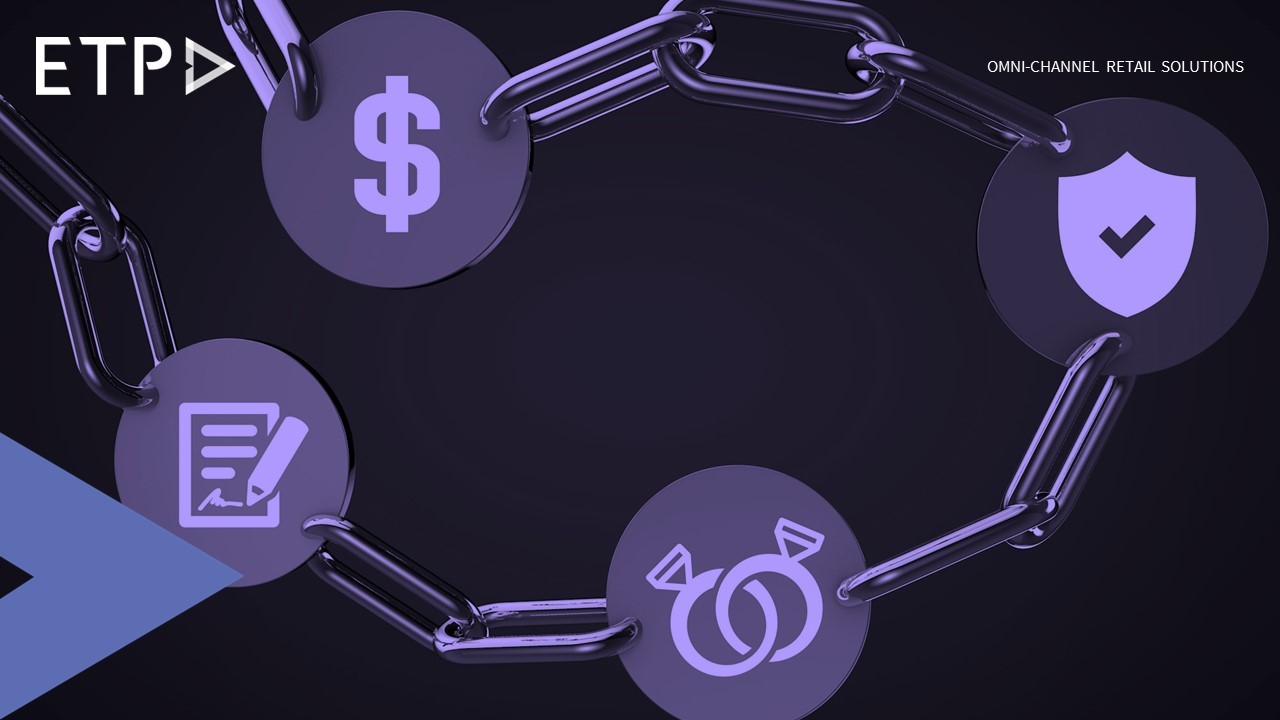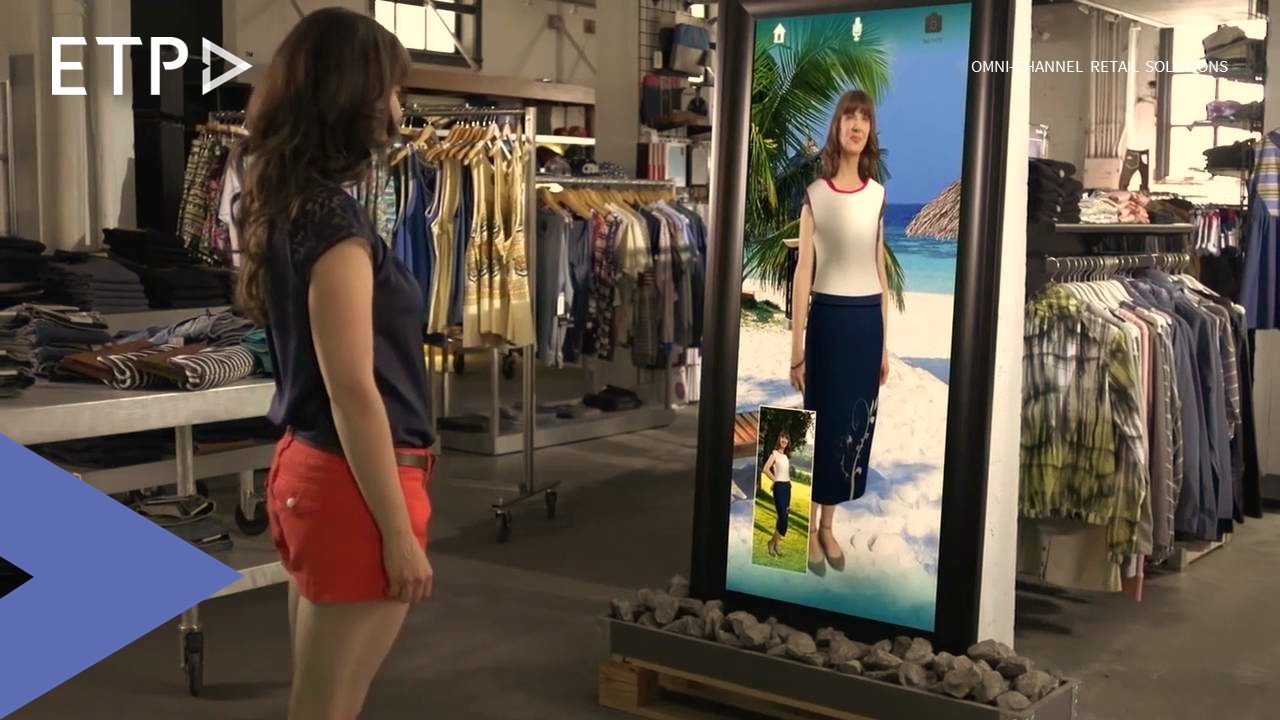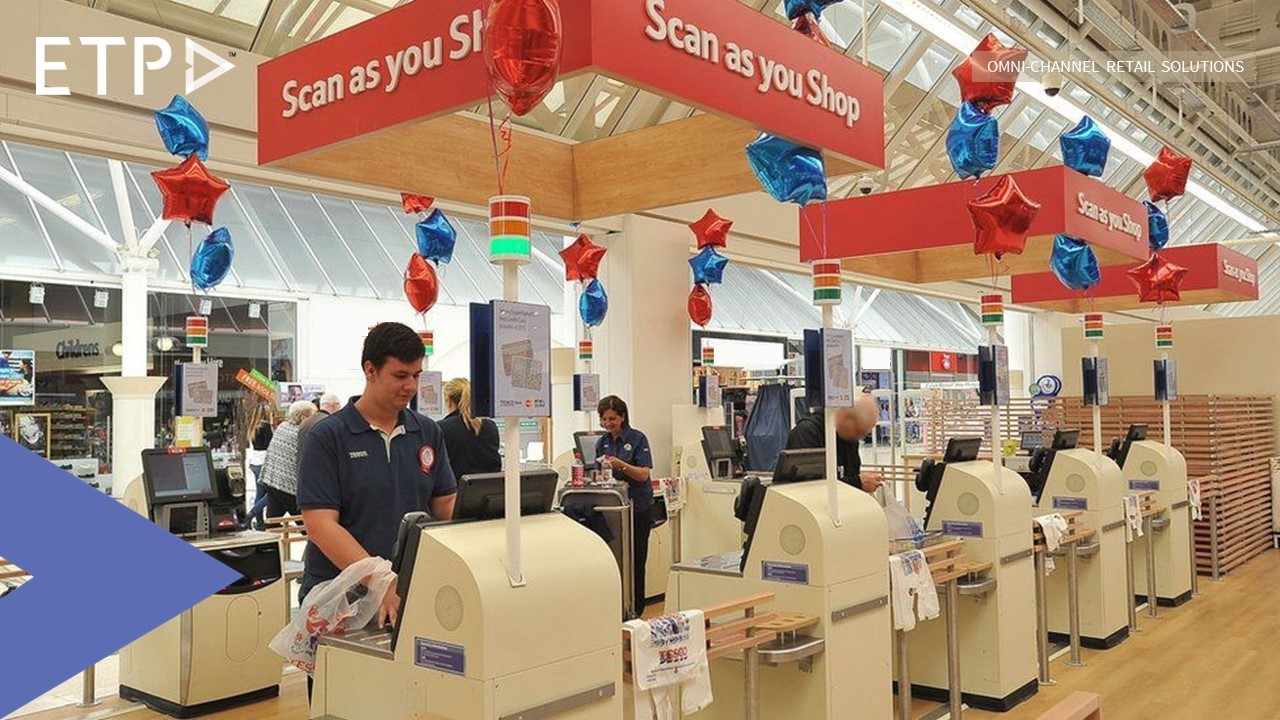
IoT has emerged as an undisputed hero of the retail sector. From smart shelves to AR-enabled mirrors, IoT has taken retail by storm. It has not only reaped benefits for the retailers, but also has been successful in providing an enthralling shopping experience to the customers.
Smart shelves have already revolutionized the way retailers assort their products without having an adverse impact on their bottom lines. Another exciting offering from IoT is self-checkout kiosks. To put it simply, self-checkout kiosks help customers pay for their purchases without human intervention through digital means. In its most basic form, it can be thought of as an upgrade to the snack vending machine, but in reality, it is much more than that.
Self-checkout kiosks have evolved tremendously in the last decade. Many retailers use them to solve various issues related to billing such as long queues, cash management, RFID tag tracking among others. They have not been restrained to just being giant bulky machines that are capable of handling transactions. Nowadays, retailers can also provide mobile application based payments through QR code embedded on the products, contactless payments or such other means. This application enables customers to check out as and when they want instead of waiting for their turn in a queue. Though not exactly a kiosk, it enables self-checkout quite effectively.
Retailers have also come up with some really user-friendly LED touchscreen panels, which help customers make their purchase in a hassle-free manner while having a memorable shopping experience. These interactive kiosks are capable of handling multiple payment modes and can also keep track of the customers’ previous purchases and preferred promotions using an intelligent algorithm.
However, the problem associated with self-checkout kiosks is products being stolen. This can be taken care of by using smart shelves or by attaching efficient RFID tags, which would impel customers to put their products on the RFID remover once they are done with the payment, thus ensuring the safety of the products. Also, some customers might find them difficult to use, this issue can be resolved by installing LED touchscreen kiosks or by using mobile applications as explained earlier.
IoT is here to stay. It helps retailers to embark upon a journey that is both exciting and beneficial for them. It is the prerogative of the retailers to incorporate such smart technologies in their business operations to enhance their bottom line while providing the customers with a hassle-free and exciting shopping experience. Long live innovation! Long live retail!

